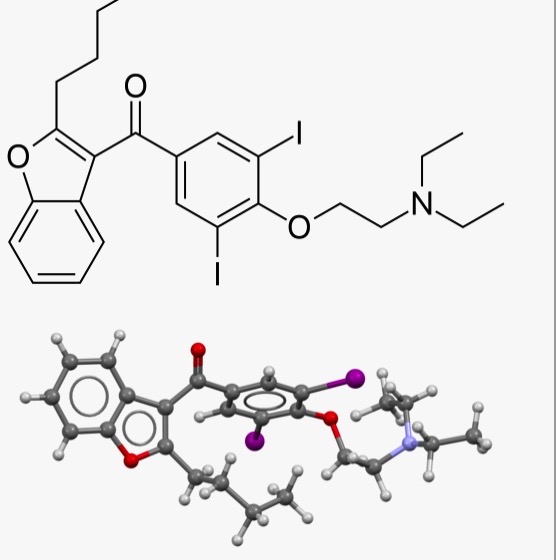Prophylactic effect of Amiodarone and in combination with vitamin C in reducing atrial fibrillation after coronary artery bypass

Accepted: 25 January 2021
HTML: 7
All claims expressed in this article are solely those of the authors and do not necessarily represent those of their affiliated organizations, or those of the publisher, the editors and the reviewers. Any product that may be evaluated in this article or claim that may be made by its manufacturer is not guaranteed or endorsed by the publisher.
Authors
Atrial fibrillation (AF) is the most common arrhythmia following cardiac surgery, leading to hemodynamic impairment and increased mortality and morbidity after coronary artery bypass grafting (CABG) and increases hospitalization. Due to the antioxidant and anti-inflammatory effects of vitamin C as well as the antiarrhythmic effect of amiodarone in reducing the incidence of atrial fibrillation after coronary artery bypass grafting, we decided to compare and evaluate the prophylactic effect of amiodarone alone and in combination with vitamin C in controlling this complication. In this double-blind clinical trial, patients were divided into two equal groups of amiodarone (300 mg amiodarone bolus during 20-30 minutes) and amiodarone + vitamin C (150 mg amiodarone and 2g vitamin C combination). Each group included 42 patients. All data were analyzed by SPSS 19 software and statistical tests of ANOVA, Chi-square and Repeated Measure. There was a significant difference between the two groups of amiodarone and amiodarone+vitamin C (p-value = 0.01) and the mean incidence of AF in the amiodarone +vitamin C group was significantly lower than that of amiodarone alone. Other arrhythmias were also lower in the amiodarone +vitamin C group than in the amiodarone group alone. The use offibrillation after CABG compared with prophylactic amiodarone alone, but did not have a significant effect on decreasing ICU stay(discharge) and duration of hospitalization.
How to Cite
PAGEPress has chosen to apply the Creative Commons Attribution NonCommercial 4.0 International License (CC BY-NC 4.0) to all manuscripts to be published.

 https://doi.org/10.4081/ejtm.2021.8981
https://doi.org/10.4081/ejtm.2021.8981




